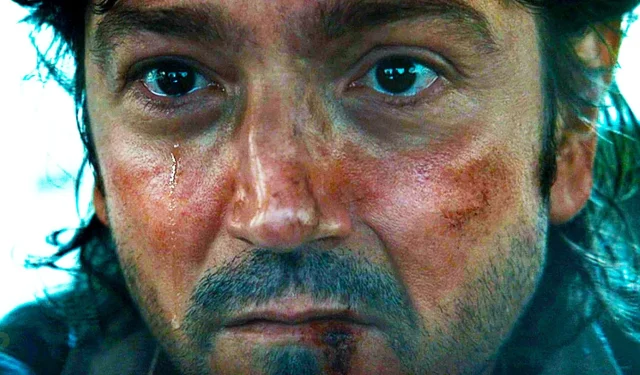The Star Wars franchise, which has captivated audiences for nearly five decades since George Lucas first introduced it, is experiencing a significant transformation thanks to the critically acclaimed series Andor. This series has shattered an unwritten rule established by Lucas himself, which has governed the depiction of the Empire’s villainy throughout the history of the franchise. With the introduction of stories across various mediums, including the expansive array of films and the deluge of television series on Disney+, the Star Wars universe continues to evolve even as it respects its storied legacy.
From the memorable visuals and musical elements of A New Hope to the substantial lore developed during the prequel trilogy, most Star Wars narratives have largely adhered to the conventions set by Lucas. This includes the latest season of Andor, which many critics hail as the finest Star Wars television series. However, Andor distinguishes itself by taking a bold step away from Lucas’s traditional storytelling, thereby enriching both the series and the overarching franchise.
The Empire’s Evil: A Distant Threat
Keeping the Spotlight on Star Wars Heroes

To understand this transformative step, we should first examine the unwritten rule regarding the portrayal of the Empire’s malevolence. Though Lucas’s commitment to this principle has varied—especially during the prequel trilogy—the original trilogy largely relegated the Empire’s darker actions to an off-screen, distant presence. While moments like Order 66 might contradict this trend, Lucas has often emphasized that Star Wars is meant for a younger audience, making the grim elements relatively sparse.
A quintessential example of this approach is the obliteration of Alderaan by the Death Star in A New Hope. The planet’s destruction resulted in the loss of billions of lives, including notable characters like Bail and Breha Organa. At the time, little was known about Alderaan except that it was the home of Princess Leia. In a deliberate narrative choice, Lucas opted not to depict the planet or its inhabitants in their final moments, showcasing only the destruction from a distance.
Additionally, Leia’s emotional response to the disaster is notably muted. While she expresses shock and anger at Tarkin’s command to destroy Alderaan, the film does not dwell on the profound sadness of its loss. The result is a glossing over of the Empire’s true evil, particularly when observing the character dynamics within the original trilogy. Focusing on heroic figures like Luke, Leia, and Han, the trilogy restricts the visibility of the regime’s full atrocities.
The Shift Began with The Rise of Skywalker
The Sequel Trilogy: A Deeper Dive into Imperial Atrocities
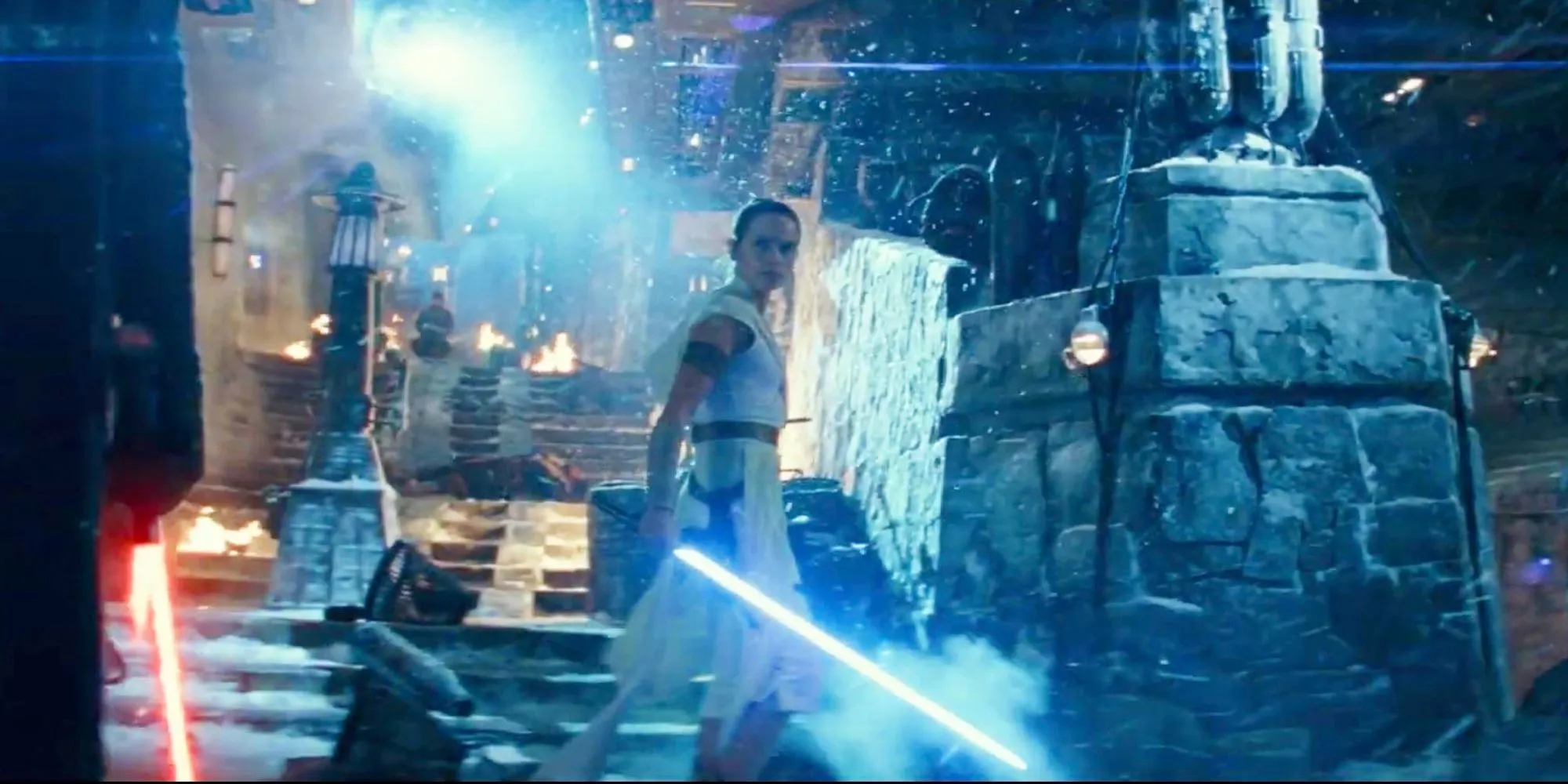
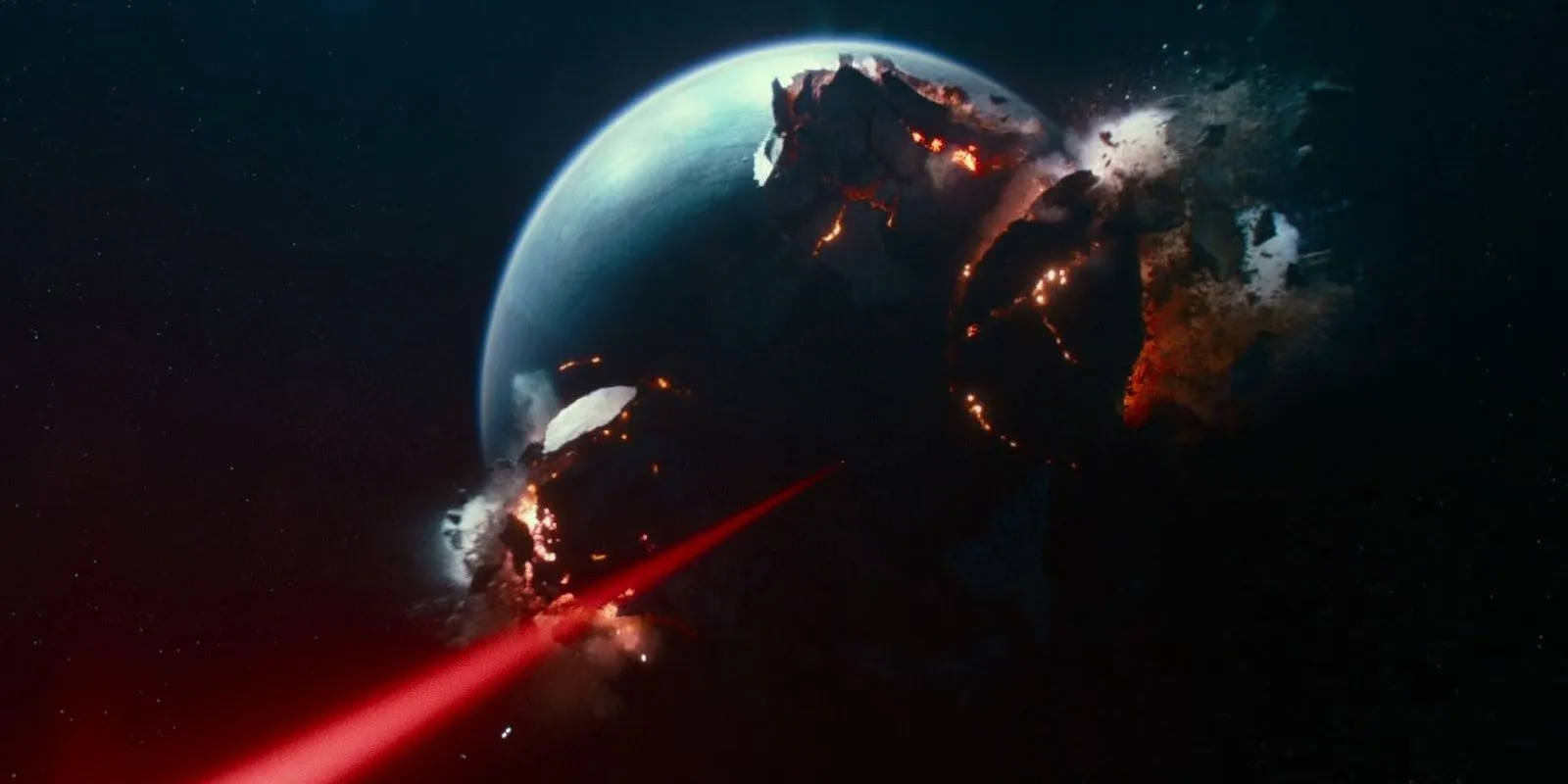
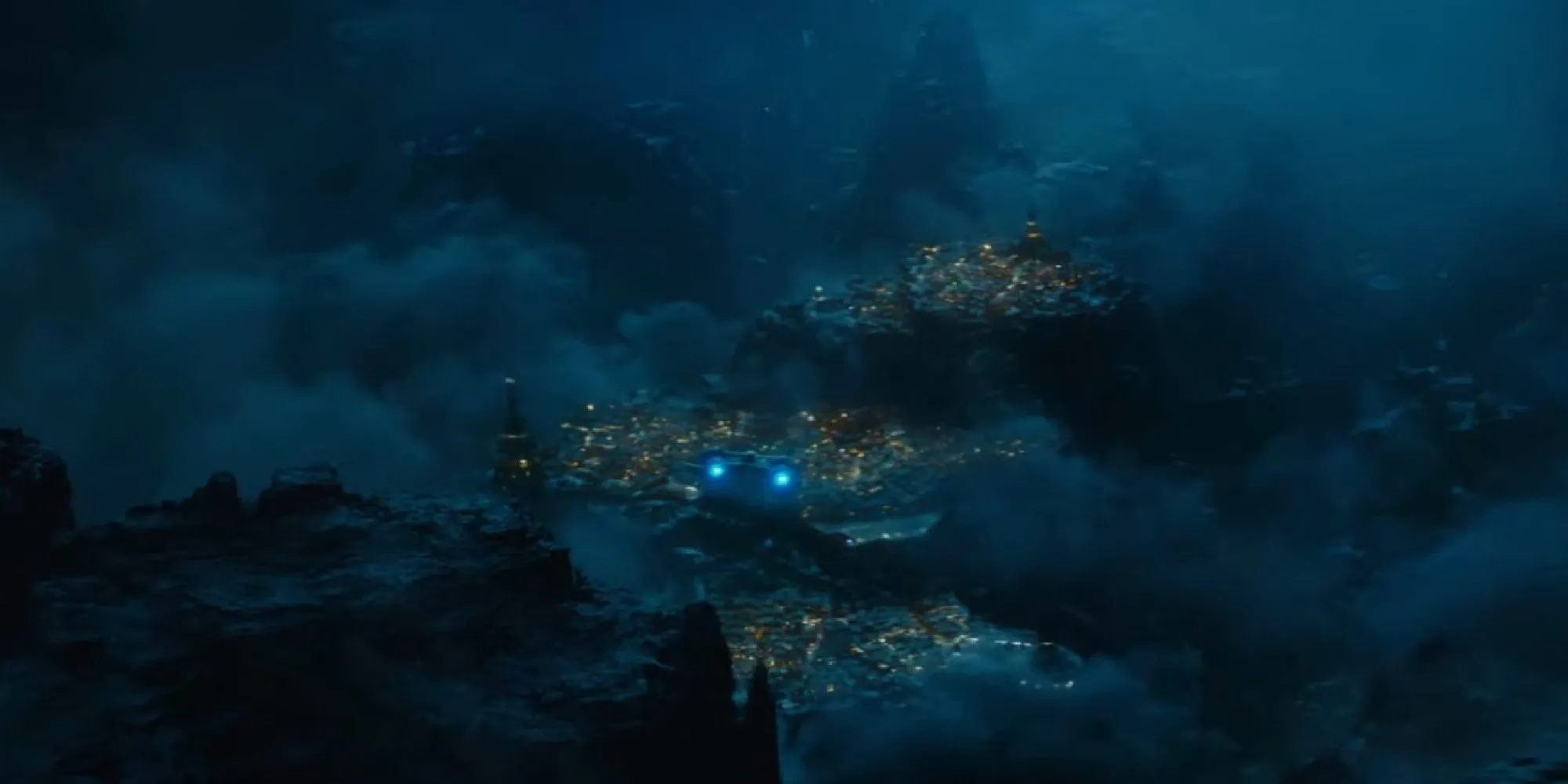
I personally find the sequel trilogy—especially The Force Awakens and The Last Jedi—to resonate well with the essence established by Lucas in the 1970s. The Rise of Skywalker follows suit, but it marks a subtle departure from Lucas’s tradition by more clearly illustrating the Empire’s evil. For instance, The Force Awakens offered a glimpse of the devastating destruction of the Hosnian system by Starkiller Base, which struck a more emotional chord than Alderaan’s destruction.
In The Rise of Skywalker, the stakes were raised significantly. The film introduced Kijimi, a planet with a history pivotal to Poe Dameron, allowing for a more intimate connection with its inhabitants. Consequently, the destruction of Kijimi later in the film carries greater weight in the narrative, despite the absence of any prominent characters during the chaos.
Andor: A Detailed Depiction of Imperial Genocide
A Groundbreaking Narrative Beyond Previous Cinematic Entries
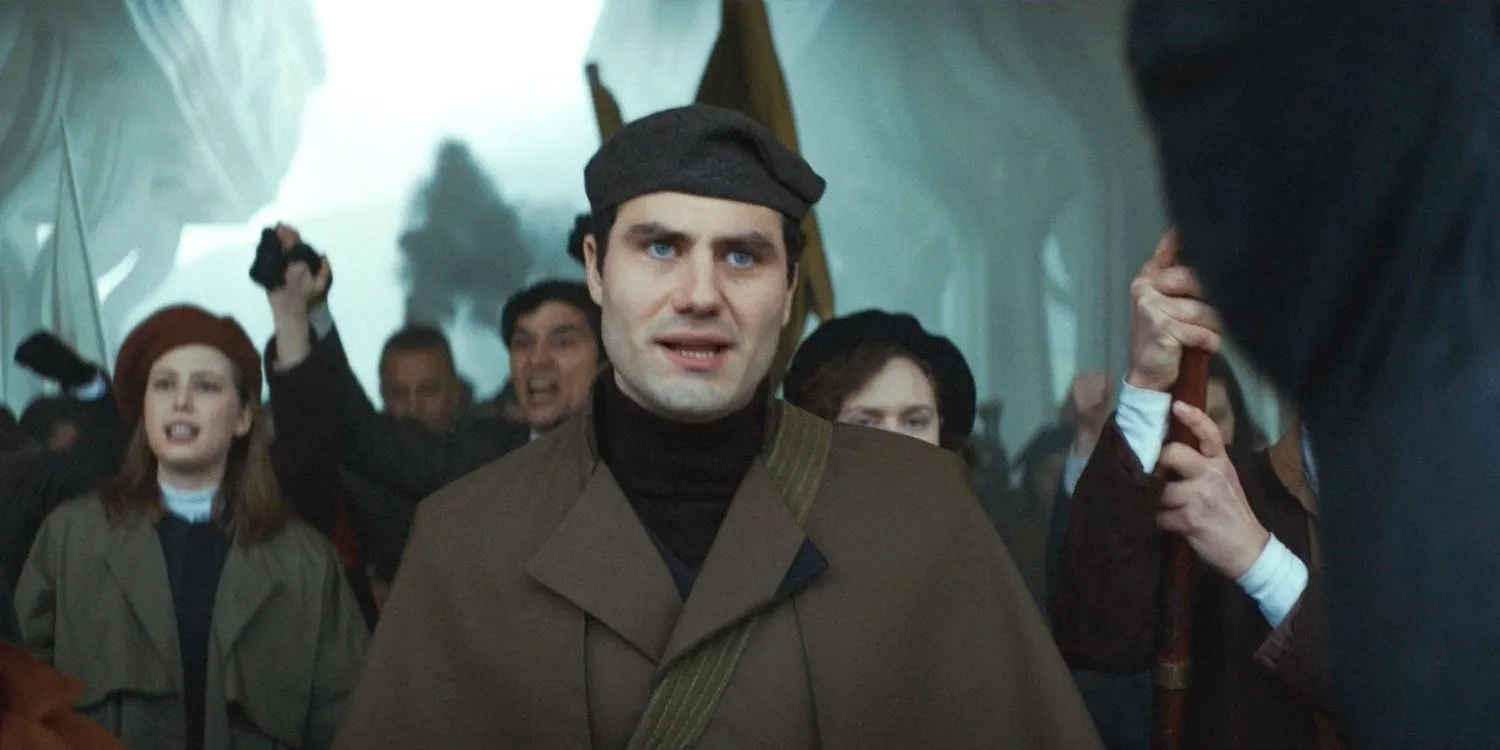
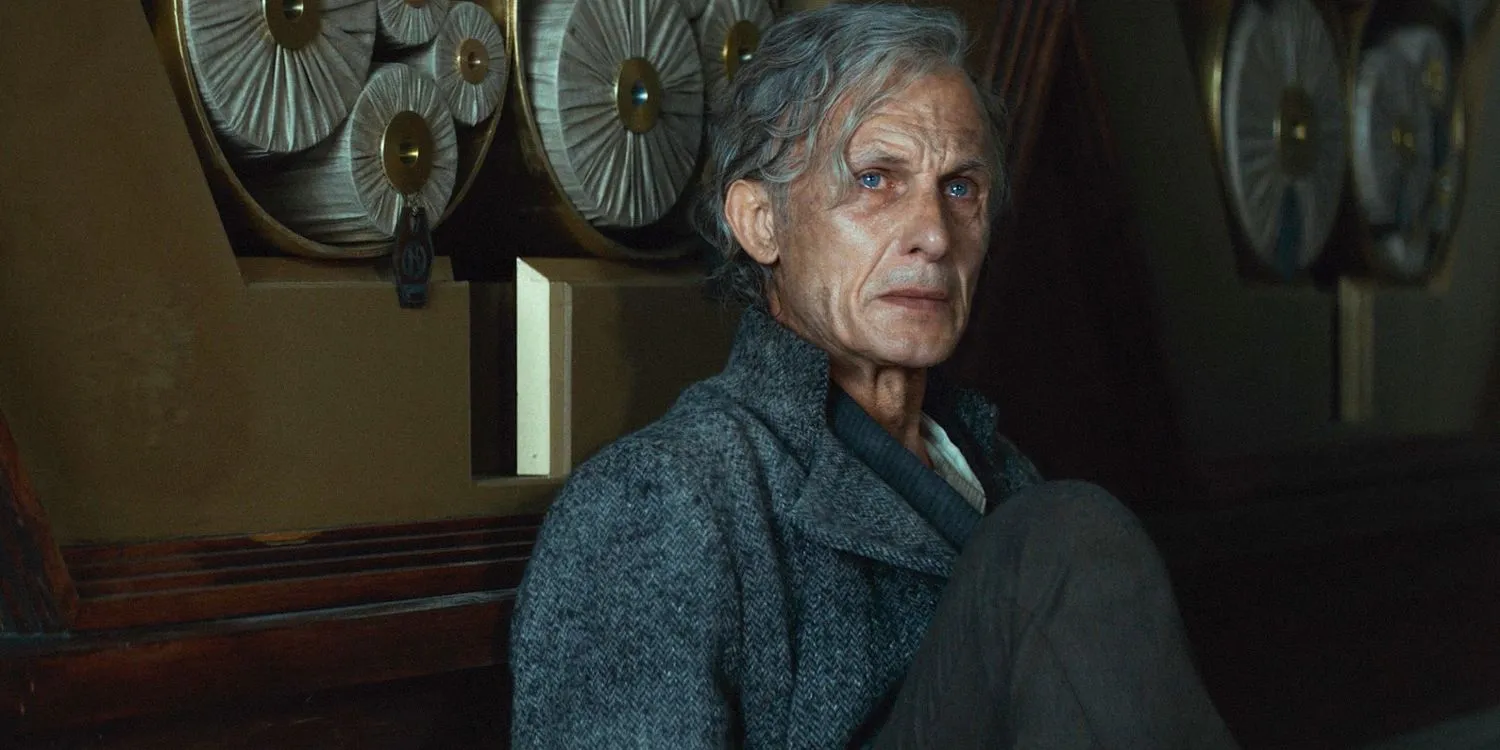
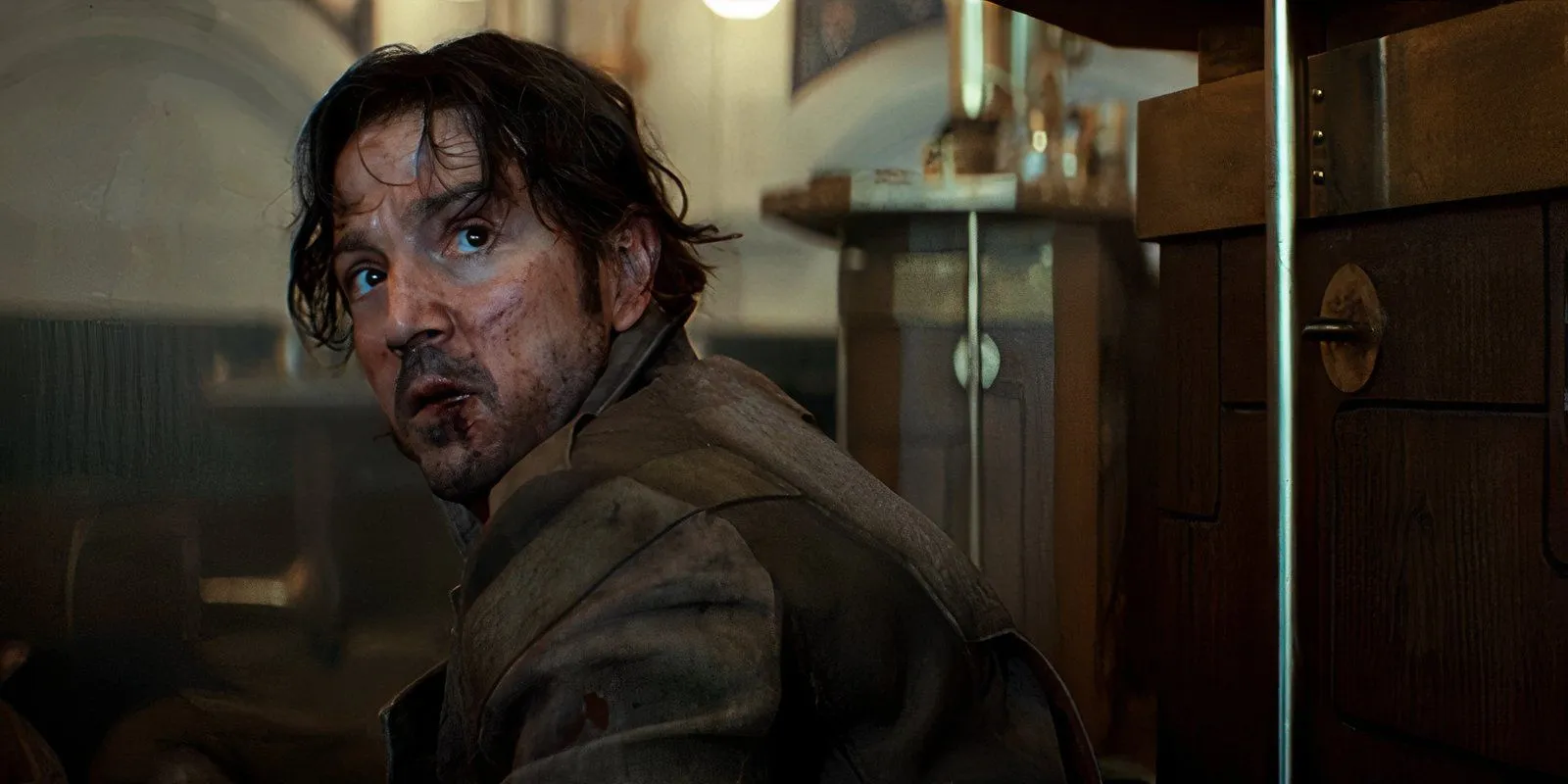
Despite minor advances in portraying Imperial evil during the sequels, the franchise had yet to fully embrace this approach—until 2025. Season 2 of Andor delved deeply into the horrors of Empire on an unprecedented scale with the depiction of the Ghorman Massacre. This sequence, once only part of Star Wars Legends, was canonically redefined as part of the series, revealing the chilling measures the Empire was willing to take.
The narrative unfolds with the Empire seeking minerals from Ghorman’s core for the Death Star project. After exhausting alternatives, the regime escalates existing tensions on the planet to justify their complete takeover. Episodes 7-9 artfully illustrate this troubling strategy, culminating in the chilling depiction of a massacre—a level of detailed atrocity that has rarely been explored in previous Star Wars narratives.
Andor features a more personal portrayal of violence and loss, focusing on the inhabitants of Ghorman over the course of several episodes. This empathetic approach makes the genocide depicted in Episode 8 profoundly tragic, emphasizing the raw brutality of the Empire in a manner that Lucas’s earlier works did not.
The Ghorman Massacre: A Necessary Tragedy That Enhances Star Wars
Deepening Star Wars’ Core Message of Hope

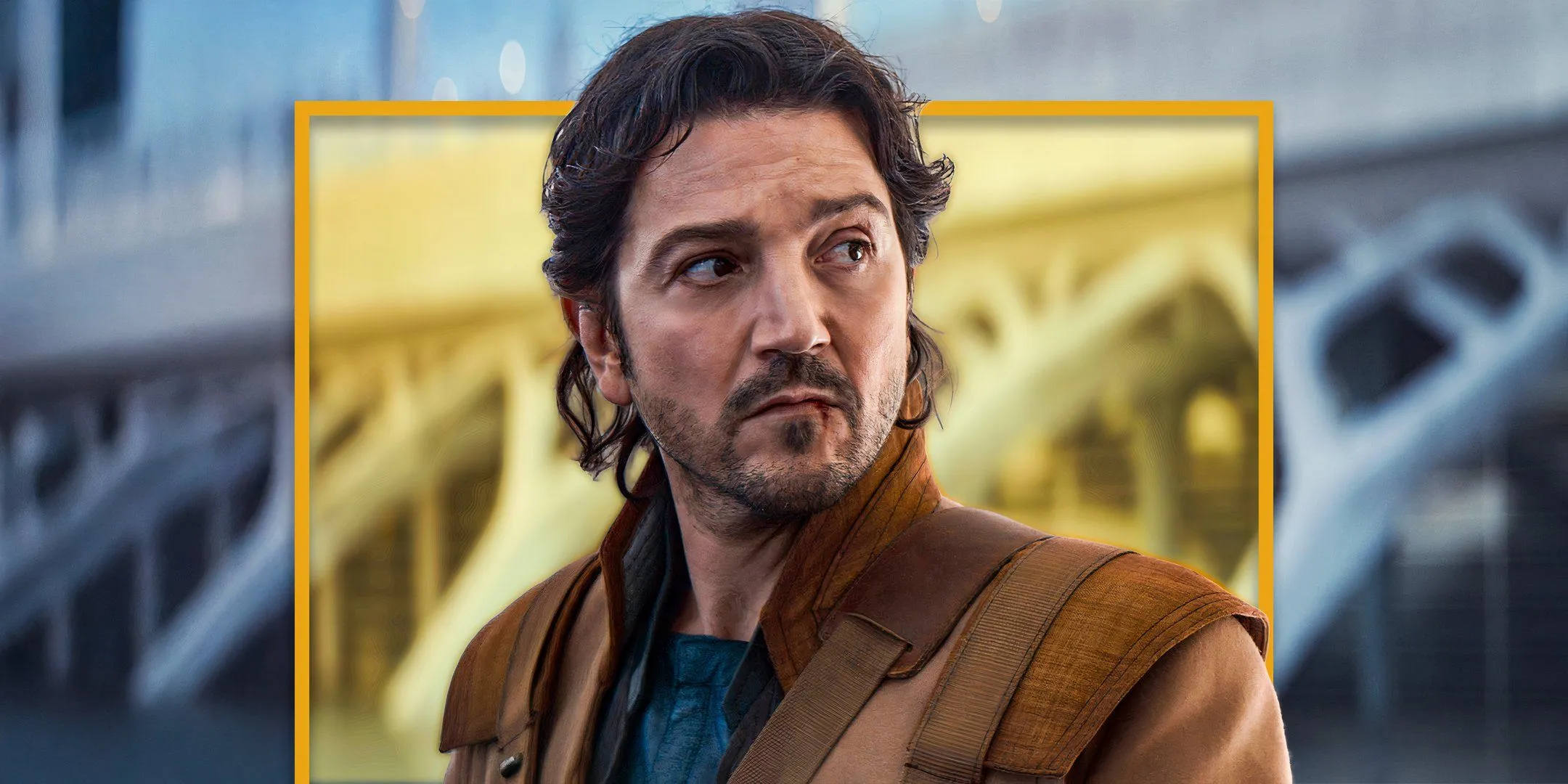
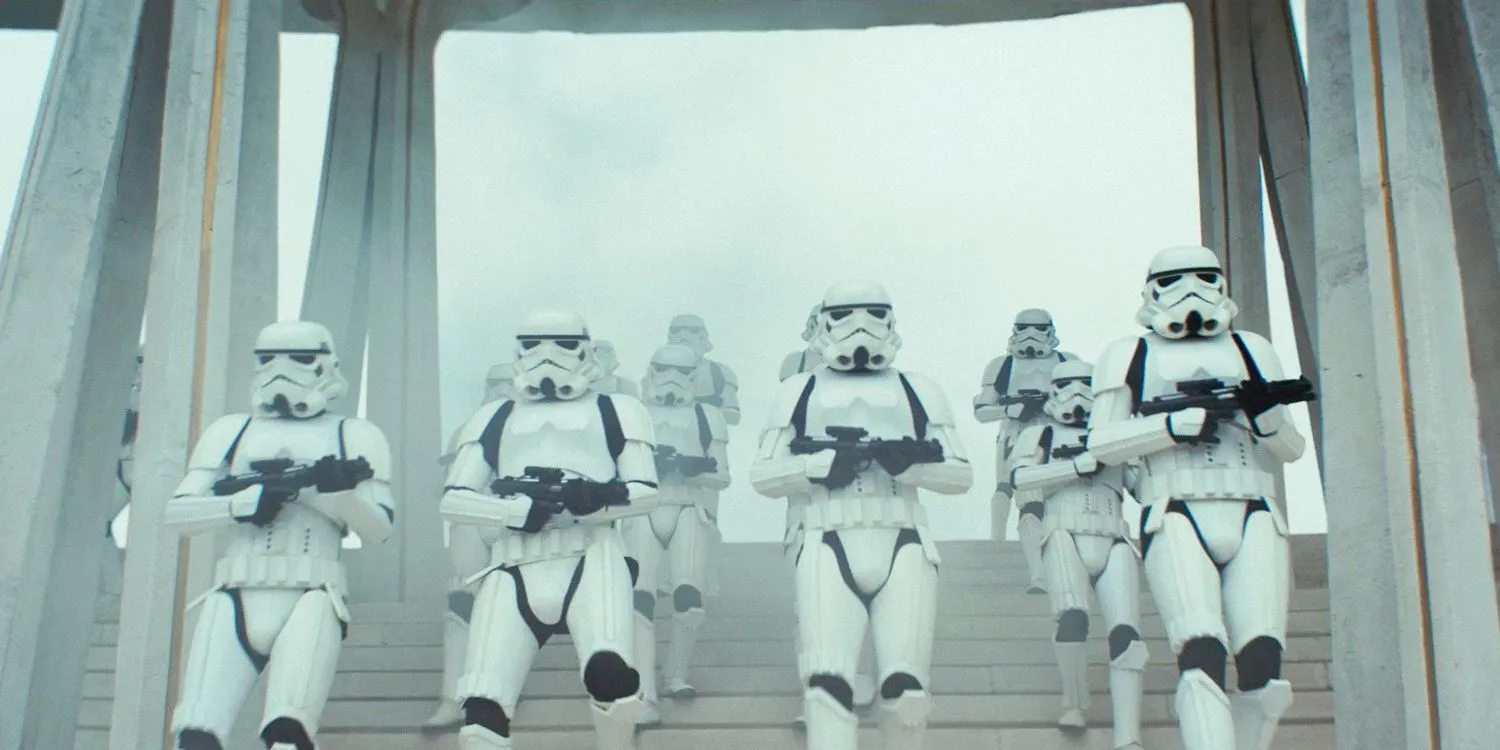
While the Ghorman Massacre is a heart-wrenching event, its inclusion is crucial to the narrative of Andor and enhances the broader Star Wars saga. The personal nature of this story increases both the emotional depth and stakes of the overall narrative, more so than the abstract destruction of Alderaan in A New Hope. This point is driven home by Mon Mothma’s stirring speech against the Emperor, which resonates powerfully during pivotal moments in the fight against tyranny.
The evolution of Star Wars is at its peak—Andor season 2 not only elevates its own narrative but also retroactively enriches the context for subsequent stories like Rogue One and the original trilogy. The portrayal of these Imperial horrors, though harrowing, is integral to instilling a sense of hope and rebellion, reaffirming that the fight against the Empire is both necessary and deeply meaningful.
